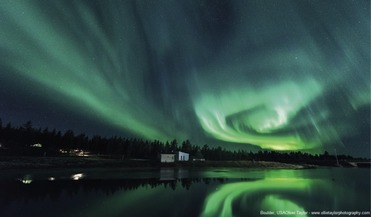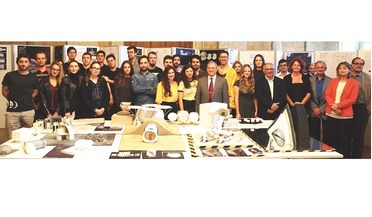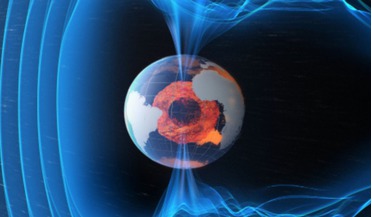 June 2019
Solar superstorms and their effects on Earth
June 2019
Solar superstorms and their effects on Earth
... field to fend it off. Just as two bar magnets with opposite orientations stick to each other instead of repelling, a CME with a magnetic orientation opposite that of Earth’s magnetic field transfers its energy most efficiently, thus producing...
 May 2021
Forecasting space-weather effects on Earth
May 2021
Forecasting space-weather effects on Earth
... largest space-weather event to impact the Earth in recorded history occurred on 1-2 September 1859 when a particularly strong CME hit Earth’s outer atmosphere, inducing the largest geomagnetic storm on record. Known as the Carrington event (after...
 August 2019
Lessons from the Sun
August 2019
Lessons from the Sun
...’ (now known as coronal mass ejections or CMEs) were aimed at Earth. The CMEs arrived at Earth in tandem early on 4 August... allow forecasters to see most of the large, fast CMEs billowing into space and include their signatures and vital statistics...
 April 2025
Life in the Sun’s atmosphere - the looming threat of solar storms
April 2025
Life in the Sun’s atmosphere - the looming threat of solar storms
...can impact Earth in minutes, while coronal mass ejections (CMEs) may take hours or days. Current forecasting capabilities provide ..., but there are gaps. “We get key measurements of CMEs just 30 minutes before they reach Earth,” Attrill explained. ...
 August 2019
Architectural challenges of a Moon village
August 2019
Architectural challenges of a Moon village
The concept of a ‘Moon village’, introduced in 2016 by Director General of the European Space Agency, Jan Wörner, isn’t an active project or a space programme in the traditional sense. Rather, it represents an intention or vision for spaceflight and...
 August 2016
Our changing world and the mounting risk of a calamitous solar storm
August 2016
Our changing world and the mounting risk of a calamitous solar storm
... travel at millions of kilometres an hour. If one of these CMEs were to hit Earth head-on, it would have the power to ...slow and divert solar radiation and ions from a powerful CME seems entirely possible. Chart showing the Magnetic field level ...